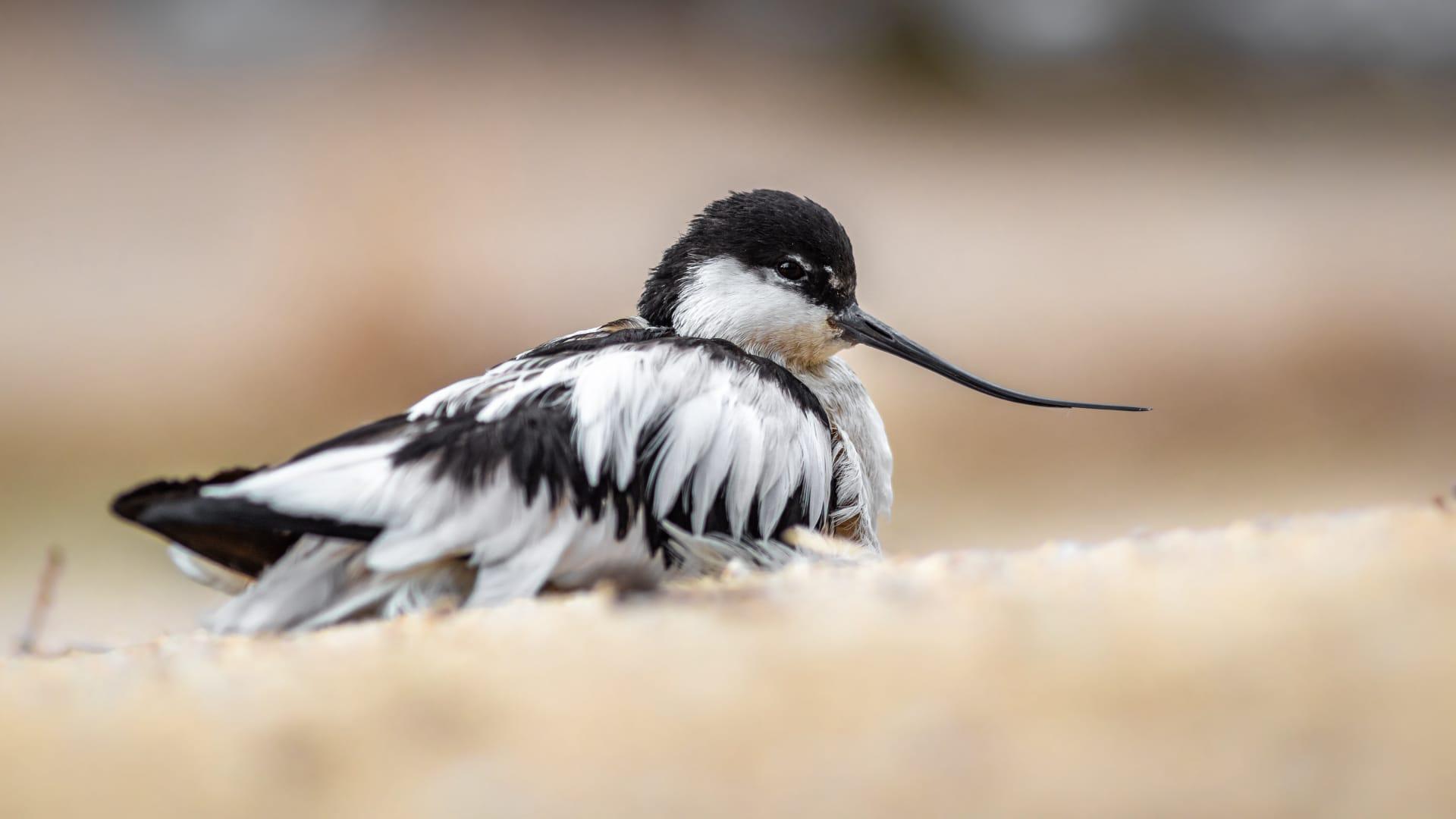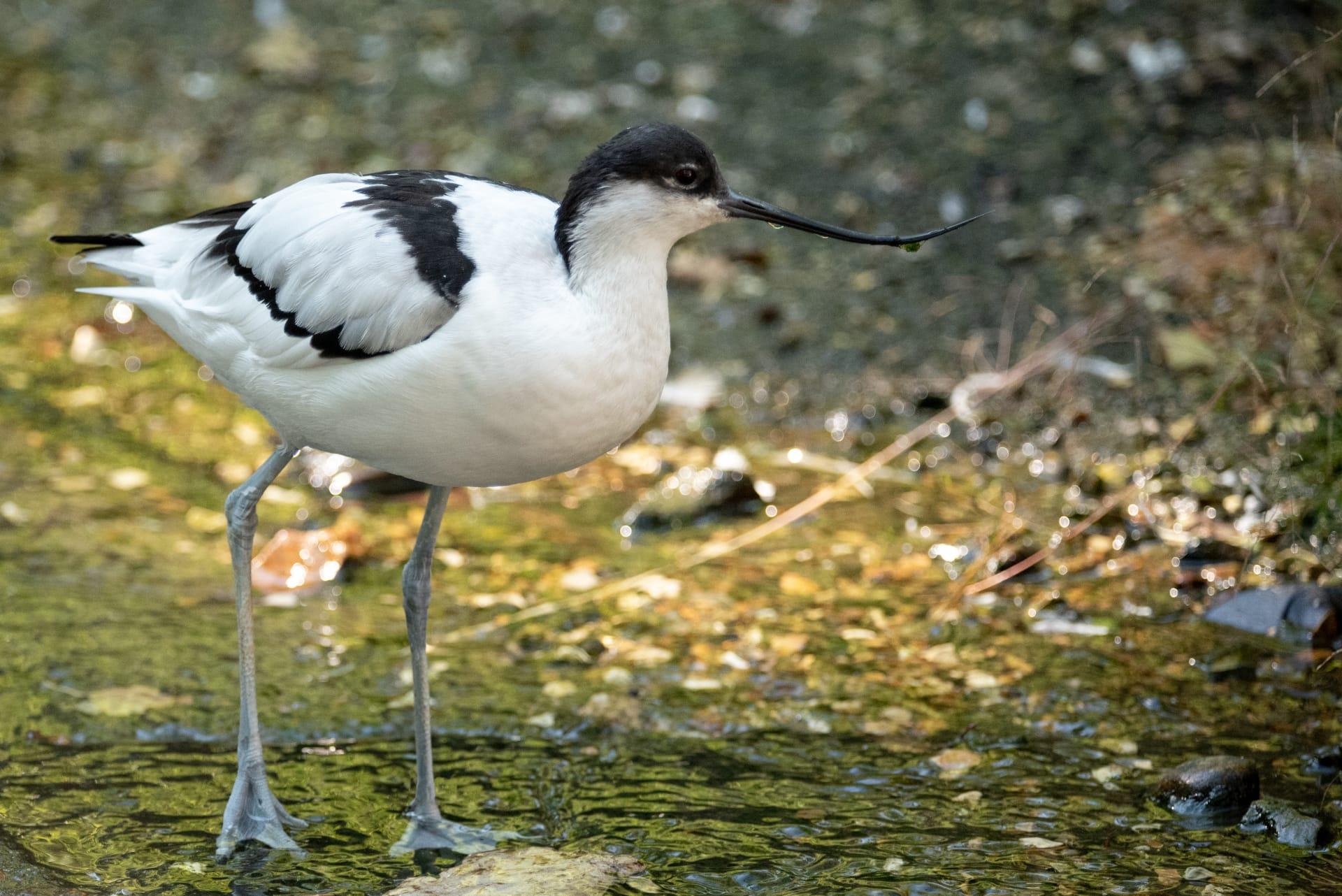Avocet Characteristics
- Home /
- Mini Encyclopedia /
- Animal /
- Avocet Characteristics
1
The Avocet, a bird known for its elegance, stands out with its slender frame. Adult Avocets typically measure about 16-18 inches in length, with a wingspan reaching nearly 30 inches. They weigh around 300 grams, embodying a delicate balance of size and agility. The lifespan of an Avocet in the wild can stretch up to 10 years, a testament to their resilience and adaptability.
One of the Avocet's most distinctive features is its upturned bill. This unique adaptation, measuring about 3-4 inches, is more than just a striking visual trait. It plays a crucial role in the bird's feeding strategy. The upward curve of the bill allows Avocets to skim through shallow waters effortlessly, capturing small crustaceans and insects with precision. This specialized tool reflects a perfect example of evolutionary adaptation to their aquatic environment.

2
Question: Why do Avocets have such uniquely shaped bills?
Answer: The Avocet's upturned bill is an evolutionary marvel, developed to suit their feeding habits. Unlike birds with straight or downward-pointed bills, the Avocet's bill is designed for a technique known as "scything." They move their heads side-to-side in shallow waters, allowing the bill to act as a sieve. This motion enables them to catch small aquatic prey like crustaceans, insects, and seeds. The bill's shape is highly efficient for this method, providing them an edge in the habitats they frequent.

3
Avocets are known for their graceful, almost balletic movements. They exhibit a light and elegant walk, often seen wading through shallow waters with poise. Their long, thin legs, measuring up to 7-8 inches, are not just for show; they provide stability and speed in water. Avocets can also fly swiftly, reaching speeds of up to 25-30 miles per hour, showcasing their agility and prowess in the air.
In terms of feeding, Avocets display a fascinating method. They use their curved bills to perform a unique sideways sweeping motion. This technique, known as 'scything', allows them to sift through mud and water to find food. Their diet mainly consists of small aquatic organisms, including insects, crustaceans, and small fish. This feeding style is not only efficient but also minimizes competition for food resources, as few other bird species share this specialized method.

4
Avocets thrive in wetland environments, favoring shallow, saline waters like estuaries, coastal lagoons, and salt ponds. These habitats provide the ideal conditions for their feeding and nesting practices. The presence of shallow waters is crucial for their 'scything' feeding technique, while the open areas around these waters offer safety from predators.
When it comes to reproduction, Avocets are ground-nesters, typically laying their eggs on open ground near water. They usually lay 3-4 eggs, which both parents incubate for about 23-25 days. The chicks are precocial, meaning they are relatively mature and mobile shortly after hatching. Parental care is significant, with both parents involved in protecting and guiding the chicks until they are capable of flight, which occurs roughly 5-6 weeks after hatching.

5
Book: "Wings of the Avocet" by Jonathan Green, published in the United States in 2010. This book offers a comprehensive exploration of the Avocet's life, highlighting its unique adaptations and behaviors. Green's narrative combines scientific research with vivid descriptions, bringing to life the elegant world of these birds. He delves into their migratory patterns, feeding habits, and the challenges they face in their habitats.
Book: "The Avocet's Journey" by Maria Gomez, released in the UK in 2015. Gomez's work focuses on the migratory journey of Avocets across continents. Through her engaging storytelling, she sheds light on the environmental challenges these birds encounter and their remarkable adaptability. The book is a blend of personal observation and scientific data, providing an insightful look into the life cycle and survival strategies of Avocets.